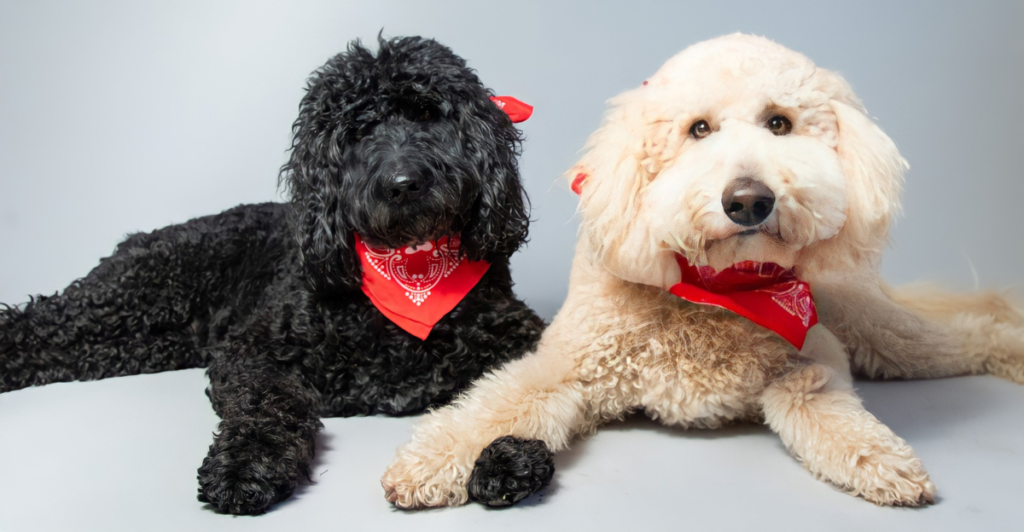
Doodle mixes—like Labradoodles and Goldendoodles—have skyrocketed in popularity for their playful personalities and often hypoallergenic coats. But beneath the fluff and charm lies a world of surprises most new owners don’t expect. From grooming challenges to unpredictable traits, there’s more to these dogs than meets the eye. Here are ten things no one tells you about doodle dog mixes.
1. Doodles Are Not a Breed—They’re a Genetic Gamble

Doodle dogs, often mistaken for a distinct breed, are actually unpredictable hybrids. Created by crossing a Poodle with another breed—be it a Bernese Mountain Dog, Labrador, or Australian Shepherd—the result can swing wildly in both appearance and temperament.
The American Kennel Club doesn’t recognize them as an official breed because there’s no breed standard. Two Goldendoodles can look and act completely different depending on whether they take after their Poodle or Retriever parent more.
And with over 40 types of Doodle mixes, expectations can easily clash with reality. Even within the same litter, pups may vary from tight curls to wiry coats and from couch potatoes to high-octane athletes. Adopting a Doodle means embracing the unknown, not buying a blueprint.
2. “Hypoallergenic” Is More Marketing Than Science

The myth that Doodles are universally hypoallergenic has driven much of their popularity, but it’s far from guaranteed. While Poodles tend to shed less and produce fewer allergens, these traits don’t always pass down predictably.
A Doodle’s coat may still shed or trap dander, which is a major allergen trigger. Moreover, allergens are found in saliva and skin oils—not just fur—so even a non-shedding Doodle can spark reactions in sensitive owners.
Scientific studies confirm that no dog breed is truly hypoallergenic, and many allergy sufferers find themselves disappointed after banking on the breed’s reputation. Before adopting a Doodle, it’s wise to spend extended time with the dog to gauge your actual sensitivity—rather than relying on wishful thinking or breeder promises.
3. You Can’t Predict a Doodle’s Personality
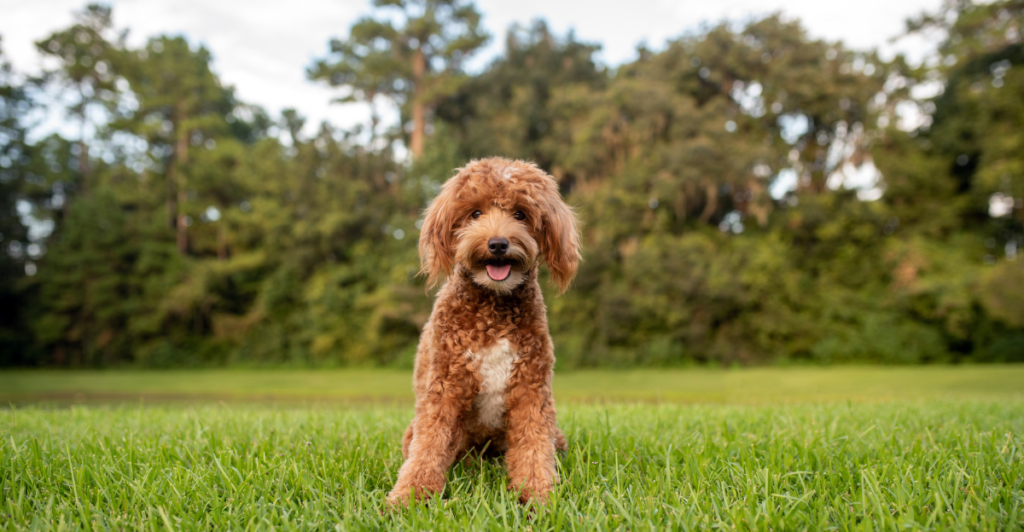
People often assume Doodles are a surefire bet for an affectionate, well-mannered companion. But mixing two breeds means playing genetic roulette. A Goldendoodle might inherit the calm, obedient nature of a Golden Retriever—or the excitable, hyperintelligent energy of a Standard Poodle.
This unpredictability can be especially challenging for first-time dog owners. Some Doodles are gentle therapy dogs; others are high-strung, easily bored, and destructive without constant mental stimulation. Behavior varies even within the same litter, and early socialization is essential to balance out their inherited quirks.
Understanding the full spectrum of potential traits from both parent breeds is crucial. Hoping for the “best of both worlds” could just as easily result in the most challenging mix of traits.
4. Designer Dog or Designer Dilemma?
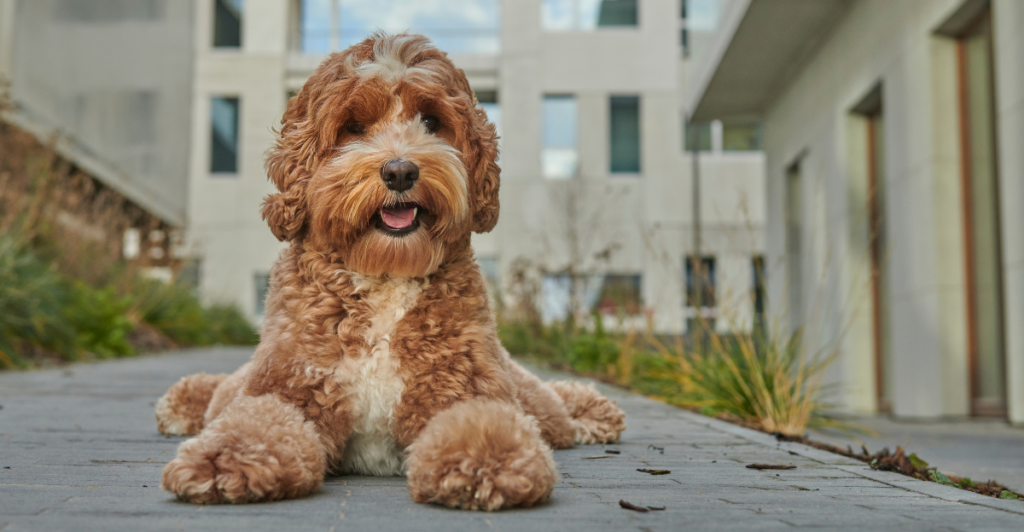
As Doodles gained popularity, the demand sparked a designer dog boom—and not always for the better. Many breeders focused on looks rather than long-term health, producing puppies that were adorable but genetically compromised.
Issues like hip dysplasia, allergies, and even epilepsy have become common in some Doodle lines due to rushed, careless breeding. Wally Conron, the original creator of the Labradoodle, later expressed regret, calling his creation “Frankenstein’s monster” due to the reckless breeding it inspired. Ethical breeders do exist, but they’re often overshadowed by profit-driven operations.
Before buying a Doodle, it’s vital to research the breeder’s health screening practices and ask hard questions. Behind the Instagram-perfect puppy photos may lie a history of poor genetics and preventable suffering.
5. Their Coats Demand More Than Just Brushing
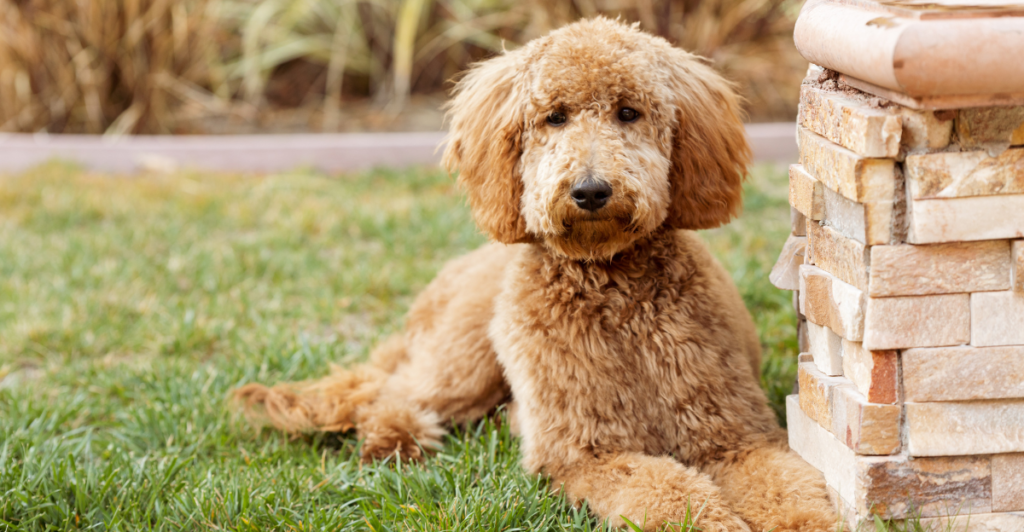
The fluffy, teddy bear-like coat of a Doodle may look effortless, but it’s a grooming challenge of Olympic proportions. Their fur—often a blend of curly Poodle hair and wavy Retriever locks—can mat quickly and painfully if not brushed daily. These mats can harbor bacteria, restrict movement, and require expensive, sometimes emergency grooming sessions.
Even with routine brushing, professional grooming is non-negotiable, typically every 6–8 weeks. That adds up to a significant financial and time investment. Many first-time owners are shocked to learn that the low-shedding coat they hoped for comes with high-maintenance requirements.
Without a consistent grooming routine, Doodles can become walking tumbleweeds of knots, making their coats one of the most misunderstood aspects of ownership.
6. Not All Doodles Are Ideal Family Dogs
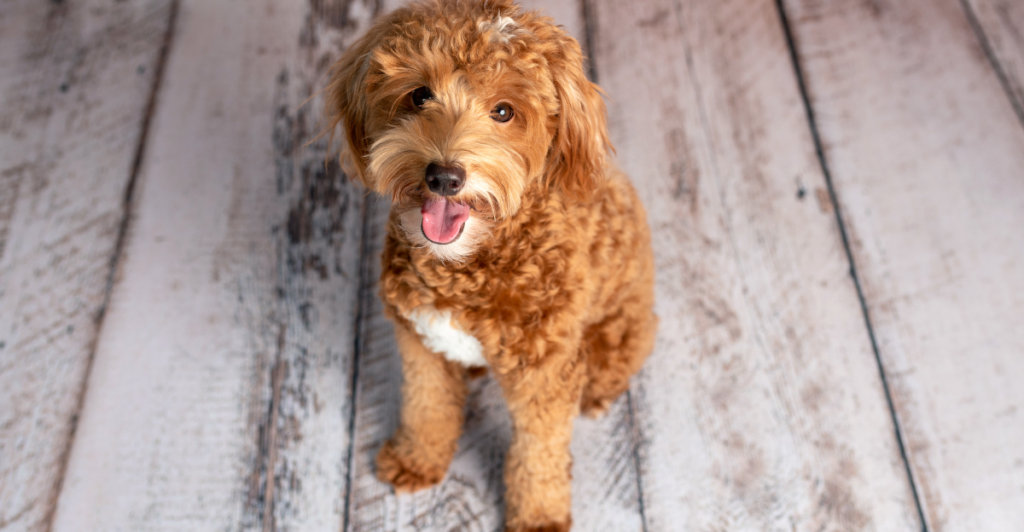
They may look like storybook pets, but some Doodles are less than ideal for family life. That’s because many are crossed with high-energy working breeds like Australian Shepherds, Border Collies, or Retrievers, whose instincts include herding, hunting, or guarding.
When those traits aren’t channeled through rigorous training and exercise, you might end up with a dog that nips at kids, chews through drywall, or constantly escapes the yard. While some Doodles are gentle and social, others are headstrong and demand constant engagement.
Assuming a Doodle is automatically family-friendly sets the stage for unmet expectations and behavior issues. Families need to evaluate not just the mix, but the specific personalities of both parents to determine compatibility with children and home dynamics.
7. Double Doodles Aren’t Always Double the Fun

A Double Doodle—usually a mix of a Goldendoodle and Labradoodle—is marketed as the “perfect” Doodle, boasting consistency in coat and temperament. But this second-generation crossbreeding narrows genetic diversity, increasing the risk of inherited diseases and weakening resilience to health issues.
Though Double Doodles may have more uniform looks, their health and behavior remain a gamble. Breeding for aesthetics often comes at the cost of vitality. Additionally, reduced diversity can heighten the expression of recessive traits, some of which are undesirable or harmful.
Prospective owners should be wary of breeders touting Double Doodles as superior without offering full genetic transparency. The pursuit of the “perfect” dog through selective hybridization may, paradoxically, undo the hybrid vigor that originally made Doodles appealing.
8. Their Origin Story Comes With Regret

Doodles may feel like a modern invention, but the first Labradoodle was created in 1989 by Australian breeder Wally Conron to serve as a guide dog for a blind woman whose husband had allergies. While the intention was noble, the unexpected result was a media frenzy that fueled a designer dog craze.
Conron later voiced deep regret, stating that unethical breeders quickly took over the trend, leading to countless poorly bred dogs with behavioral and health issues. What began as a specific, functional cross became a global fad, overshadowing the original mission.
Understanding this backstory helps reframe the Doodle not as a miracle mix, but as a cautionary tale of how fast popularity can outpace responsible breeding.
9. “Low-Maintenance” Is a Myth
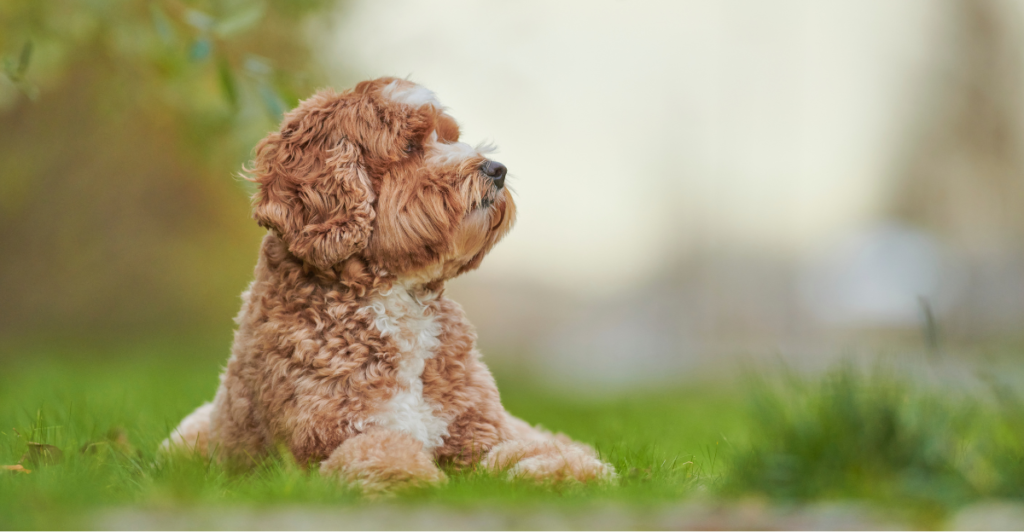
Despite frequent marketing as low-shedding, easygoing companions, Doodles are anything but low-maintenance. They’re highly intelligent, which sounds like a plus—until they outsmart you. Without ample mental stimulation and structured training, they can develop destructive behaviors, separation anxiety, and obsessive tendencies.
Their energy levels vary by mix, but many require intense physical and cognitive engagement, not just daily walks. Combine that with regular grooming needs, health screenings, and dietary considerations, and you’ve got a high-maintenance pet disguised as a cuddly mutt.
Owners lured in by Instagram posts often find themselves unprepared for the real-world demands of Doodle ownership. If you’re looking for an “easy” dog, a Doodle likely isn’t it—and setting realistic expectations is key to a successful match.
10. Health Problems Don’t Skip Mixed Breeds

There’s a popular belief that mixed breeds are healthier due to “hybrid vigor,” and while crossbreeding can sometimes reduce the expression of certain genetic disorders, it doesn’t erase them. Doodles can inherit the same health problems as both parent breeds—hip and elbow dysplasia from Retrievers, epilepsy from Poodles, or allergies from either.
Add to that the increasing trend of unethical mass breeding, and the risks only rise. Many Doodles also suffer from progressive retinal atrophy, joint issues, or skin sensitivities. Regular vet checkups, a tailored diet, and proactive care are essential for catching early signs.
Assuming your Doodle is automatically healthier than a purebred can lead to costly, painful surprises. It’s not about the breed—it’s about responsible breeding and informed care.
Explore more of our trending stories and hit Follow to keep them coming to your feed!
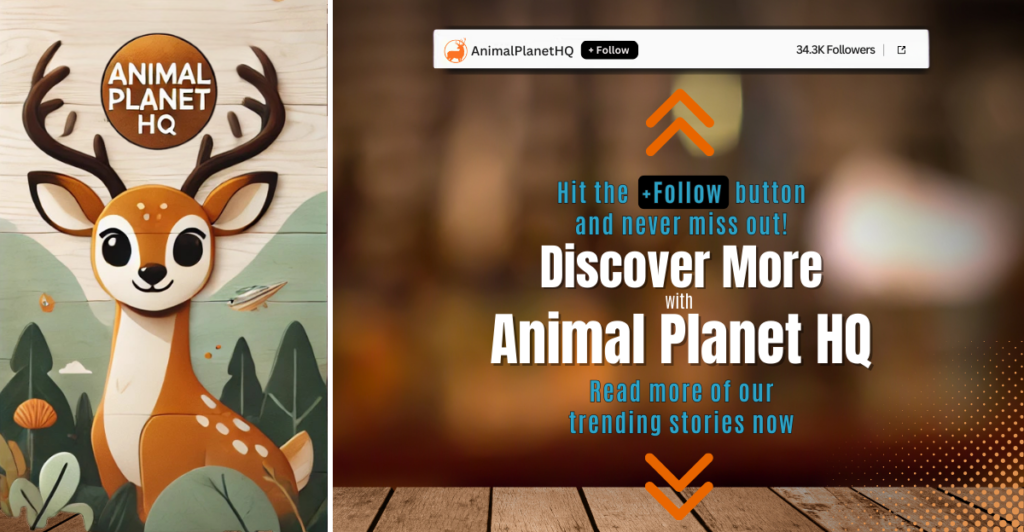
Don’t miss out on more stories like this! Hit the Follow button at the top of this article to stay updated with the latest news. Share your thoughts in the comments—we’d love to hear from you!







